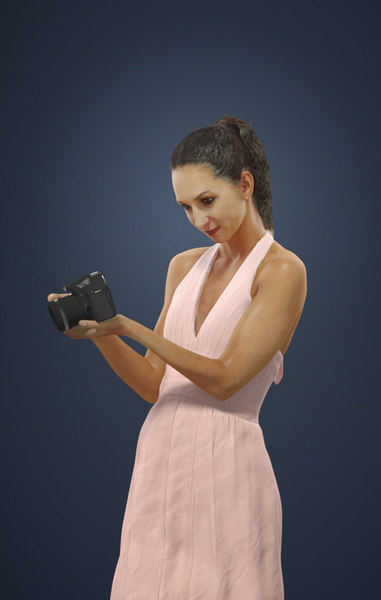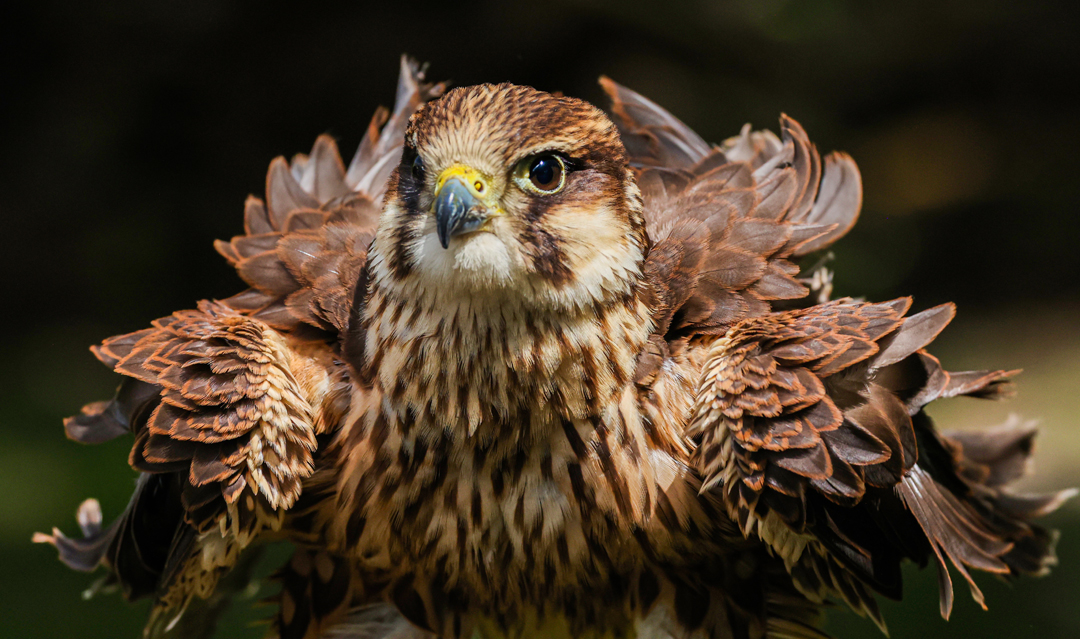 When booted-into Video mode, it presents Canon’s full Cinema EOS menus, complete with Waveform and Vectorscope displays. I might have most well-liked seeing 24 MP within the EOS R6 to match the competitors, however I vastly favor the sensor efficiency of the EOS R6 to the current Canon 24MP full frame sensor discovered within the EOS RP or Canon 6D Mark II, so I’m glad they selected use the superior sensor here… For somebody contemplating the EOS R3 purchase, the other current EOS models that must be thought-about embrace the EOS-1D X Mark III and EOS R5. Overall, nonetheless, the EOS R6 has an excellent sensor that brings very good ISO efficiency, and aggressive dynamic range outcomes whereas additionally supplying you with the delightful Canon colours which might be so widely lauded. It’s probably worth experimenting with if you wish to shoot scenes with a whole lot of lighting variance, however there’s additionally this actuality: extra dynamic range doesn’t necessarily make for higher images. There’s probably not quite a bit going on right here that you simply couldn’t do by underexposing after which recovering shadows, however here’s the comparison between the 2. There’s additionally customisable film and multi function buttons and a comfortable contact shutter release.
When booted-into Video mode, it presents Canon’s full Cinema EOS menus, complete with Waveform and Vectorscope displays. I might have most well-liked seeing 24 MP within the EOS R6 to match the competitors, however I vastly favor the sensor efficiency of the EOS R6 to the current Canon 24MP full frame sensor discovered within the EOS RP or Canon 6D Mark II, so I’m glad they selected use the superior sensor here… For somebody contemplating the EOS R3 purchase, the other current EOS models that must be thought-about embrace the EOS-1D X Mark III and EOS R5. Overall, nonetheless, the EOS R6 has an excellent sensor that brings very good ISO efficiency, and aggressive dynamic range outcomes whereas additionally supplying you with the delightful Canon colours which might be so widely lauded. It’s probably worth experimenting with if you wish to shoot scenes with a whole lot of lighting variance, however there’s additionally this actuality: extra dynamic range doesn’t necessarily make for higher images. There’s probably not quite a bit going on right here that you simply couldn’t do by underexposing after which recovering shadows, however here’s the comparison between the 2. There’s additionally customisable film and multi function buttons and a comfortable contact shutter release.
 The Fujifilm X-E3 is a stylish rangefinder-esque digital digicam that comes throughout like a mini X-Pro2 with a wealth of smartphone touch and connectivity options. Canon EOS 7D Review - With the current introduction of the Canon EOS 7D, the popular camera company is ready to regain it is number one place on this extremely competitive market. The superior expertise of the 24MP APS-C sensor and Dual Pixel autofocus system is borrowed from cameras a lot larger up within the Canon digicam vary, meaning that the Canon EOS M100 is among the best cameras for the greenback obtainable this year. The gap between Canon and Nikon/Sony (a bit of shared sensor expertise there) was quite large, but within the current years Canon has managed to close that gap. The positioning Photons to Photos allows you to check the sensors of a quantity of different cameras when it comes to dynamic range, and in keeping with their metrics the sensor in the EOS R6 lacks a bit behind that of the EOS R5. While the EOS R6 isn’t essentially Canon’s finest with regards to dynamic range, it does ship a strong efficiency that allows me to recover data in shadows together with highlights with a bit care.
The Fujifilm X-E3 is a stylish rangefinder-esque digital digicam that comes throughout like a mini X-Pro2 with a wealth of smartphone touch and connectivity options. Canon EOS 7D Review - With the current introduction of the Canon EOS 7D, the popular camera company is ready to regain it is number one place on this extremely competitive market. The superior expertise of the 24MP APS-C sensor and Dual Pixel autofocus system is borrowed from cameras a lot larger up within the Canon digicam vary, meaning that the Canon EOS M100 is among the best cameras for the greenback obtainable this year. The gap between Canon and Nikon/Sony (a bit of shared sensor expertise there) was quite large, but within the current years Canon has managed to close that gap. The positioning Photons to Photos allows you to check the sensors of a quantity of different cameras when it comes to dynamic range, and in keeping with their metrics the sensor in the EOS R6 lacks a bit behind that of the EOS R5. While the EOS R6 isn’t essentially Canon’s finest with regards to dynamic range, it does ship a strong efficiency that allows me to recover data in shadows together with highlights with a bit care.
This advanced feature isn’t usually seen on a compact digicam, not to mention a mirrorless digicam costing less than $500. This isn’t dangerous, although. I had just one different sensor complaint, and that was that I discovered a development in direction of underexposure in recordsdata that was aggravated when using large angle lenses (simply just like the EOS R5). The EOS R6 has one great problem, however, and that can be to perceived out there as superior to cameras like the Sony a7III and the Nikon Z6 (and even the Canon EOS R), as those cameras have had their prices drift ever downward because of being out for a while. There are three settings - two for stills, and one for video - and that’s it. However, you may typically get higher photographs than with automatic settings. A couple of blown out areas are retained just a tiny bit better… There are a couple of areas when Canon has deliberately “crippled” the digital camera for market separation, but thankfully they’ve spared us plenty of the typical head-scratching apparent cuts. Standard stuff for a Canon Cinema digital camera. Plus now you can overlook having to choose between standard and 4k HQ on the R5, as all 4k up to 60p on the R5C is over-sampled and searching pretty much as good as 4k HQ.
Canon and Nikon provide a number of bang on your buck in their DSLRs underneath $500 - they know that if they'll get new shoppers ‘in’ to their brand at an inexpensive value point, they’ll often have them for all times. Once 8K displays come down in value, extra companies and customers will adopt them and when they do, they’ll be thirsty for 8K content material and this digicam allows you to capture that in the present day. I also found that images were generally more underexposed when i received them into Lightroom than what I may see in digital camera. It units the bottom ISO at 200, however then takes the highlights from the ISO 100 image (slightly underexposed) whereas supplying you with a traditional publicity in the shadows and midrange of the image. You possibly can take a deeply underexposed (4 stop) picture. If we return to the three stop recovery for a second (with a downsampled R5 comparability), we can see that the variations in spotlight restoration between the 2 cameras are very delicate. Since you have to make use of a base ISO of 200, that makes the equivalent four cease overexposure figure 0.Eight shutter velocity fairly than 0.4. You're basically looking on the 4 stops of overexposure to the image overall, but with solely three stops of overexposure within the highlights (that are taken from ISO 100). Reducing exposure by 4 stops (as I’ve executed with both images above) creates a properly exposed image on the best that has much more highlight data out there…and that i don’t see any harm to the shadows.












0 komentar:
Posting Komentar